No products in the cart.
Return To ShopWhat is the Difference Between a Corset, a Corselette and a Basque?
When it comes to vintage-inspired lingerie, few garments cause as much confusion as the basque, the corset, and the corselette. These structured undergarments all shape the figure and add an element of glamour, but each has its own unique history, purpose, and style. If you’ve ever wondered what is the difference between a basque, corset and corselette, this guide will walk you through their origins, when they were most popular, and how they are worn today.
The Corset – Centuries of Waist-Defining Style

The corset is perhaps the most iconic of all lingerie foundations. Its history dates back to the 16th century, when stiffened bodices were worn under gowns to flatten the torso and emphasise the bust. By the Victorian era (1800s), corsets had evolved into highly structured garments with boning and tight lacing designed to achieve the much-coveted hourglass silhouette.
Corsets were typically made with whalebone or steel stays, and laced at the back to cinch the waist dramatically. They became associated with both strict fashion ideals and feminine allure. Although daily corset-wearing declined after World War I, they remained a symbol of glamour and were reimagined in the 1950s pin-up era.
Modern corsets are less about restriction and more about enhancing curves and can be over-bust or under-bust in style. They tend to be favourited by burlesque dancers/performers and can be worn as lingerie, costume, or even fashion tops, giving a nod to history while suiting contemporary comfort.
From corsets to bullet bras, this video guide explores the history and construction of early corsetry.
The Corselette – The All-in-One Foundation
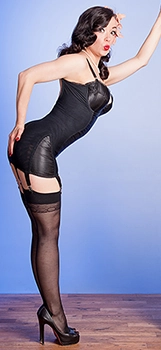
The corselette (sometimes spelled corselet) is a 20th-century invention, gaining popularity in the 1920s through the 1950s as women moved towards more practical, everyday lingerie. Essentially, it is an all-in-one garment that combines a bra, girdle, and suspender belt in one piece.
Unlike a corset or basque, a corselette is not primarily designed for dramatic waist reduction. Instead, it smooths the figure, supports the bust, and shapes the hips and thighs for a sleek line under dresses. It was especially beloved in the post-war 1940s and 1950s, when women wanted both practicality and glamour.
Made from stretch fabrics such as nylon and elastic, corselettes represented modernity and ease compared to the rigid corsets of earlier centuries. They remained popular right through the 1960s, before the rise of tights and modern bras changed lingerie fashion again.
Today, vintage-style corselettes are appreciated both for their comfort and retro appeal. They’re ideal for achieving an authentic 1950s silhouette without the severity of corsetry.
The Basque – A Structured Lingerie Staple

The basque emerged later, finding popularity in the late 19th and early 20th century. Unlike a corset, a basque is less about tight waist-cinching and more about shaping and smoothing the torso. It typically extends from the bust down to just over the hips and often includes suspender straps (garter attachments) for stockings.
The name “basque” comes from traditional bodices worn in the Basque region of France and Spain. In lingerie, the basque evolved into a garment that combined the structure of a corset with the practicality of a bra. During the 1940s and 1950s, basques were especially popular as part of glamorous boudoir fashion, often made with lace, satin, and intricate detailing.
Today, the lingerie basque remains a favourite for bridal wear, burlesque, and vintage-inspired dressing. It offers support, enhances curves, and has a sensual elegance that bridges underwear and outerwear.
Basque vs Corset vs Corselette – Key Differences
So here are the main distinctions between these three lingerie staples:
- Corset: Originating in the 16th century, structured with boning and lacing, designed to cinch the waist dramatically.
- Basque: A 19th–20th century lingerie garment combining shaping with suspender straps, often more flexible and decorative.
- Corselette: A 20th-century all-in-one lingerie foundation garment combining bra, girdle, and suspenders for practical everyday wear.
Each has its own place in lingerie history, and all three remain beloved today by vintage fashion enthusiasts, brides, and anyone who appreciates the elegance of retro-inspired lingerie.
Frequently Asked Questions
Is a basque the same as a corset?
No. While a basque is inspired by corsetry, it is generally softer and designed more for smoothing and shaping rather than tight waist reduction. A corset, especially the traditional kind, uses lacing and boning to dramatically cinch the waist, whereas a basque often includes built-in cups and suspender straps for stockings.
What is the difference between a corset and a corselette?
A corset is a structured garment that dates back centuries and is focused on shaping the waist with laces and boning. A corselette, however, is a 20th-century all-in-one foundation garment that combines a bra, girdle and suspenders, giving overall smoothing rather than intense waist cinching.
What is a lingerie basque used for?
A lingerie basque is typically worn to create a smooth, elegant silhouette under dresses or lingerie sets. Popular for bridalwear and boudoir fashion, it combines shaping with support and usually comes with suspender attachments for stockings.
Is a corselette the same as shapewear?
A corselette can be considered an early form of shapewear. Unlike modern shapewear which is often made from lightweight stretch fabrics, a corselette offers firmer support, includes cups for the bust, and often has garter attachments for stockings, making it a practical yet glamorous undergarment.
When were basques, corsets and corselettes popular?
- Corsets were most popular in the Victorian era but re-emerged as glamorous lingerie in the 1950s.
- Basques became fashionable in the late 19th and early 20th century, with peak popularity in the 1940s and 1950s.
- Corselettes were widely worn in the 1920s through the 1950s as a practical, everyday solution for smoothing the body.
Which is more comfortable – a basque, corset or corselette?
This depends on preference and the occasion. A basque is often considered the most comfortable for special occasions, a corselette is suited for everyday wear thanks to its all-in-one design, and a corset is best chosen when you want dramatic waist definition and a vintage silhouette.
| Feature | Corset | Basque | Corselette |
|---|---|---|---|
| Era of Popularity | 16th century to Victorian era; revived in 1950s pin-up fashion | Late 19th–20th century, especially 1940s–1950s | 1920s–1960s |
| Main Purpose | Waist reduction & dramatic hourglass shaping | Shaping, smoothing & enhancing curves | Everyday foundation garment, smoothing bust–hips line |
| Structure | Strong boning, steel/whalebone, laces | Light boning, built-in cups, suspender straps | Stretch fabric, light boning, bra + girdle + suspenders in one |
| Waist Cinching | Strong | Moderate | Minimal |
| Support | Bust and waist | Bust, waist, hips | Full body (bust to thighs) |
| Stocking Attachments | Sometimes (modern versions) | Usually included | Usually included |
| Typical Fabrics | Cotton, satin, brocade, steel | Lace, satin, mesh | Nylon, elastic, lace |
| Modern Use | Lingerie, fashion outerwear, costume | Bridal, boudoir, vintage lingerie | Retro shapewear, daily vintage-inspired lingerie |
Shop Now – Corsets & Corselettes
Coquette Stretch Corset with 6 Suspender Straps in Sizes 8 – 18
Price range: £43.99 through £45.99Corselette with Suspenders in Black Lace with Red Underlay
£54.95Corset with 6 Suspenders, Lace-up Back in Black Power Mesh and Lace
£48.95Vintage Style Corselette with Suspenders in Pink or Black
£39.99
Whether you’re drawn to the dramatic silhouette of the corset, the sensual elegance of the basque, or the everyday glamour of the corselette, each of these garments tells a story about the era it came from.
If you’re exploring vintage lingerie styles for the first time, understanding the difference between a basque, corset and corselette can help you choose the right piece for your wardrobe — whether it’s for daily wear, a special occasion, or simply to channel timeless retro glamour.

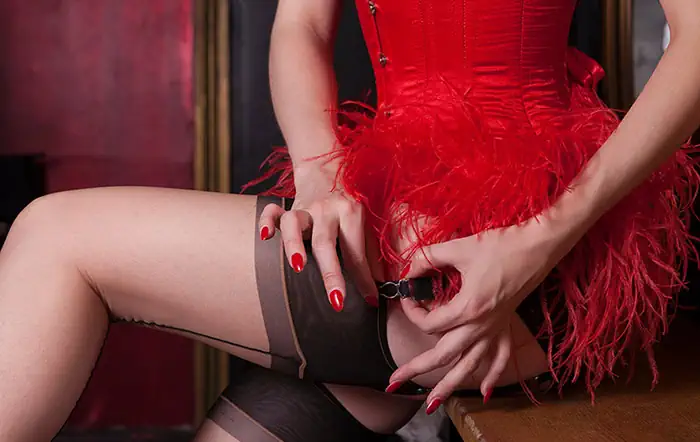

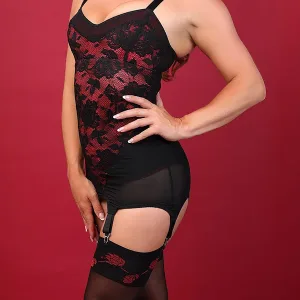

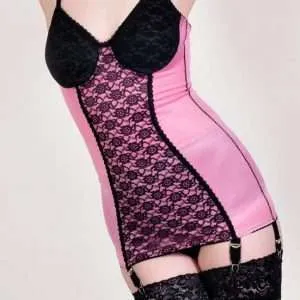


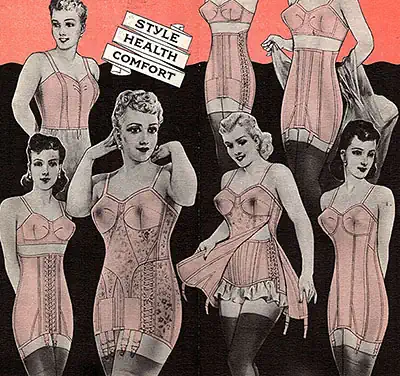
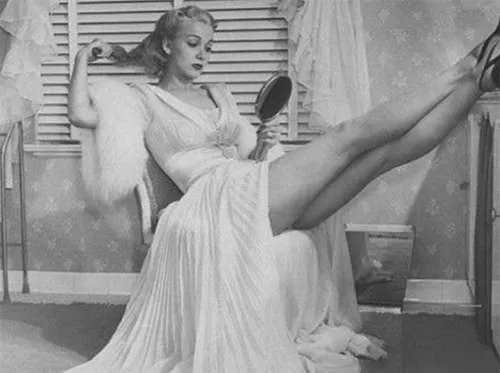
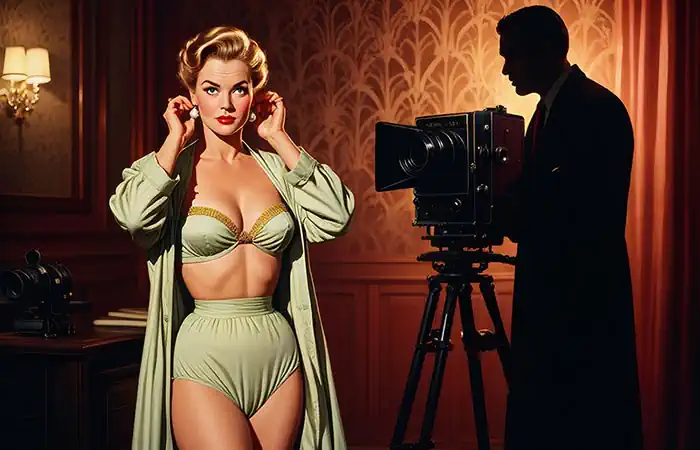
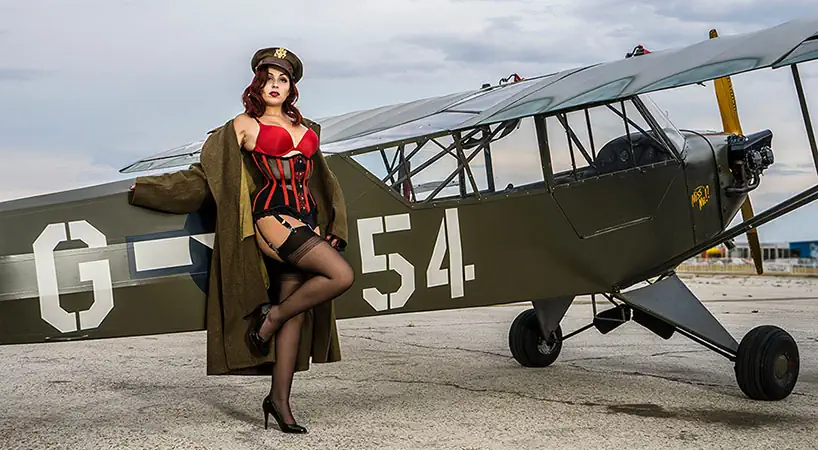
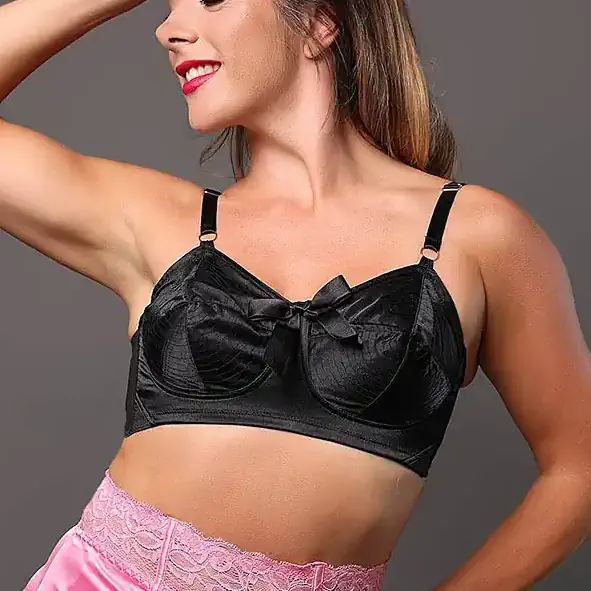

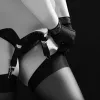

Add comment